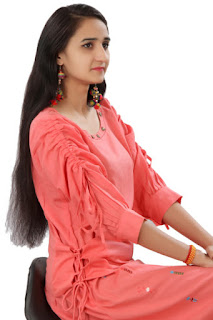kurti manufacturer surat|kurtis manufacturer surat|Kalamkari is a type of hand-painted or block-printed cotton textile, produced in Indian states of Andhra Pradesh and Telangana.

Kalamkari is a type of hand-painted or block-printed cotton textile, produced in Indian states of Andhra Pradesh and Telangana. Only natural dyes are used in Kalamkari and it involves twenty three steps. There are two distinctive styles of kalamkari art in India - Srikalahasti style and the Machilipatnam style. The Srikalahasti style of Kalamkari(Kalankari), wherein the "kalam" or pen is used for freehand drawing of the subject and filling in the colors, is entirely hand worked. This style flowered around temples and their patronage and so had an almost religious identity - scrolls, temple hangings, chariot banners and the like, depicted deities and scenes taken from the Hindu epics - Ramayana, Mahabharata, Purana and the mythological classics. This style owes its present status to Kamaladevi Chattopadhyay who popularized the art as the first Chairperson of the All India Handicrafts Board.Seeping it in astringents and buffalo milk and then drying it under the sun.Afterwards

